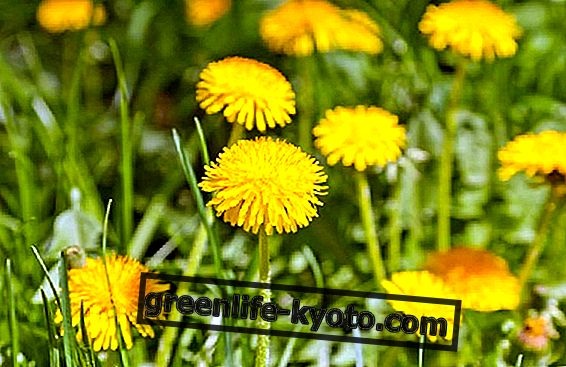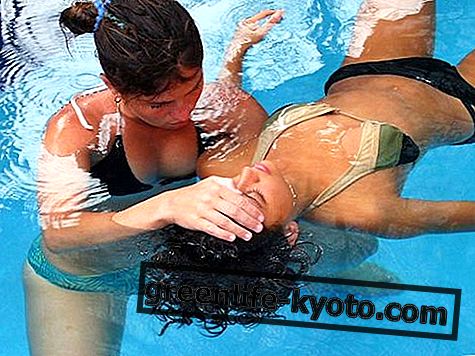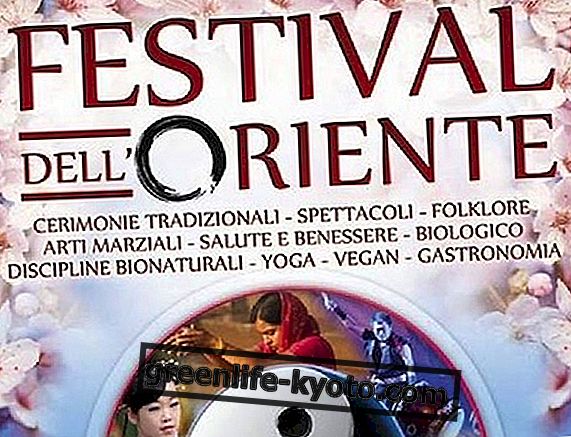
Words have an inexpressible power and the body incarcerates both the events and the way in which they are described.
In an environment dedicated to training, whatever the method or discipline of reference, the body is present, listens and acts with all the memory that the cells have.
When a Pilates teacher introduces the person to an exercise, he does it through his hands, his attention, his words. Giuseppe Bersani is a very experienced dancer and has been teaching Pilates for 5 years.
Let's deepen with him some aspects concerning this delicate transmission procedure.
I'd start sneaking in your Pilates lesson. At some point you have to guide students and students towards an exercise that requires you to bring one vertebra after another onto the mat. How do you communicate what they need to do?
First of all, I would like to point out that Pilates was born as an individual practice with machines . The idea of group work, of classroom lessons arose only later. Then, returning to the exercise: you can use words related to a speech of a biomechanical nature - it is the case of vertebrae - or resort to images like the classic one of the pearl necklace to be placed gently on a bedside table, each vertebra is a pearl.
I studied with Eric Franklin, author of "Visualization and movement". He, for example, besides giving images, used objects as a visual stimulus that turned into an evocative impulse in real time; he kept everything in a suitcase he brought to class.
In conclusion, however, I can tell you that most of the time, people themselves suggest words to you. A lesson, therefore, is always a reinvention because language is not a set of universally shared words and, therefore, importing it into Pilates, means doing work of continuous improvement that requires practice, study, patience.
Come from the dance. How does Giuseppe-dancer enrich the baggage of Giuseppe-Pilates teacher?
I don't know if the dance has enriched me or not compared to Pilates. Perhaps in the sense of sensitivity, yes. Dance is like a sense more than functional movement. I can tell you that my teachers of reference in Pilates all have a background of former dancers or former dancers.
Discover contrology, the origins of pilates
How did you approach Pilates?
When I was in France as a dancer I worked with the bar on the ground, a technique codified by Boris Knyaseff to perform physical exercises on the ground. In this practice, where the floor acts as a teacher, I have achieved remarkable results; Pilates was a sort of spontaneous continuation, because ground work was already part of me.
Those who perform a Pilates exercise should seek the correct perception of the muscles to arrive at an intelligent execution of the exercise. In this, isn't a Pilates exercise much like an Yoga asana (position)?
Pilates based on the old principles of its founder and on the teachings from the American school has undergone metamorphosis and recorded changes that have transformed it into what in the environment is called " advanced Pilates ".
This term defines a type of method that is continually reviewed and corrected; the range of techniques has expanded to include both modern western gymnastics and ancient disciplines, such as Yoga.
I happened to talk to Pilates teachers who compare the body to a machine that, if well oiled, works best. The drop of oil is the single Pilates exercise performed with efficiency and concentration. Your metaphor for explaining Pilates?
Pilates serves to reorganize the body. It is a method that re-establishes an order, gives back the correct function to every part of the body assigned to its specific function.
Like when you prepare yourself before eating or get ready after a meal; here, Pilates is like setting the table, arranging the silverware with care, precision, delicacy.
The state of order that Pilates brings back to the body helps people to rediscover their well-being, rediscover their resources and provide the strength to create new ones.













